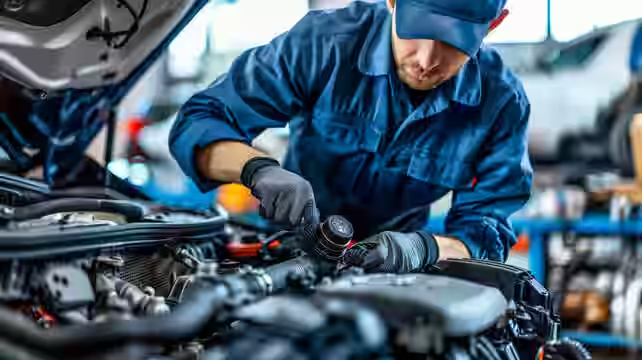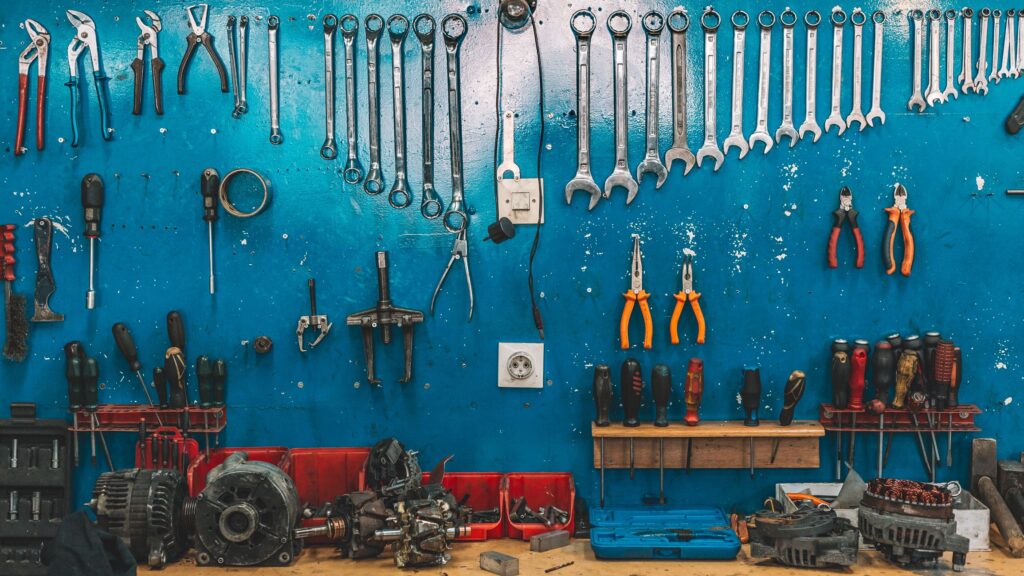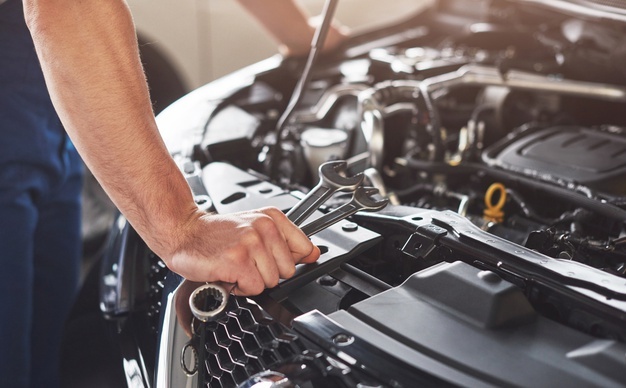

Car repair is an essential aspect of maintaining the performance, safety, and longevity of a vehicle. Whether it’s a minor issue or a major breakdown, addressing car problems promptly can save drivers time and money in the long run. Car repairs generally fall into two categories: preventive maintenance and emergency repairs. Preventive maintenance includes tasks that are carried out at regular intervals to keep the vehicle running smoothly. These tasks often involve oil changes, tire rotations, brake inspections, fluid replacements, and air filter changes. These simple actions help prevent the wear and tear of key components, thereby reducing the chances of a more serious issue arising in the future. For example, regularly checking and changing the oil ensures that the engine runs efficiently, reducing the likelihood of overheating or internal damage. Emergency repairs, on the other hand, occur when a component of the car fails unexpectedly. This can range from a flat tire or broken headlight to more serious issues like engine failure or transmission problems. The most important thing when facing an emergency repair is to get the vehicle to a trusted repair shop or mechanic as soon as possible. Driving a car that has a significant issue can worsen the problem, leading to more expensive repairs down the line. Car repair requires specialized knowledge and tools. A skilled mechanic diagnoses the problem, determines the necessary repairs, and uses the correct parts to ensure the vehicle’s safe operation. Some car repairs are simple enough for car owners to tackle on their own, such as changing a tire, replacing windshield wipers, or changing lightbulbs. However, more complicated issues like engine repairs or electrical problems should always be left to professionals. The cost of car repairs can vary greatly depending on the type of repair needed, the make and model of the car, and the location of the repair shop. Regular maintenance typically costs less than emergency repairs, so investing in preventive care can save money in the long run. In conclusion, car repairs are a crucial part of car ownership. Whether it’s routine maintenance or an urgent repair, keeping your car in good working order not only ensures your safety but also helps prolong the life of the vehicle. Regularly inspecting and maintaining your car will ultimately keep you on the road, reducing the risk of sudden breakdowns and costly repairs.

Car work involves the maintenance, repair, and modification of vehicles to ensure their optimal performance and longevity. It includes tasks such as engine diagnostics, oil changes, brake repairs, tire replacements, and electrical system troubleshooting. Mechanics use specialized tools and diagnostic equipment to identify and fix issues. Regular servicing helps prevent breakdowns and improves fuel efficiency. Advanced car work includes engine tuning, transmission repairs, and bodywork. DIY enthusiasts may handle basic maintenance, but complex repairs require professional expertise. With evolving automotive technology, mechanics must stay updated on electric and hybrid vehicle systems.
CAR TOOL KIT SET

A car tool kit set is an essential collection of tools designed to help car owners perform basic maintenance and repair tasks on their vehicles. Whether you’re a DIY enthusiast or just want to be prepared for emergencies, having a good-quality tool kit can save both time and money. A comprehensive car tool kit typically includes a variety of hand tools, such as wrenches, screwdrivers, pliers, sockets, and ratchets, along with other specialized items like tire repair kits, electrical testers, and more. Key Components of a Car Tool Kit: Wrenches and Sockets: These are among the most frequently used tools. Adjustable wrenches, combination wrenches, and a set of metric and SAE socket sizes will allow you to tackle many tasks, such as tightening bolts or removing nuts. Screwdrivers: A variety of flathead and Phillips screwdrivers of different sizes helps with tasks like replacing interior parts or making minor electrical repairs. Pliers: These are useful for gripping, twisting, or cutting wires and other materials. Locking pliers or needle nose pliers can be especially handy for tight spaces. Ratchets and Extensions: These are necessary for loosening or tightening bolts in hard-to-reach places, often found in engine bays or under the car. Tire Repair Kit: This includes a patch kit, tire sealant, and a small compressor for inflating tires—perfect for emergencies when you need a quick fix. Electrical Tools: A multimeter or circuit tester helps diagnose electrical issues, such as faulty connections or blown fuses. Impact Tools: If your kit is more advanced, it might include a power drill or impact wrench for tougher jobs like changing tires. Benefits of Having a Car Tool Kit: Having a car tool kit can make you more self-sufficient, allowing you to perform simple repairs or maintenance on the go. It can save you from relying on costly repair shops for small jobs and help you address issues like a flat tire or loose parts without delay. Additionally, a well-organized tool kit can provide peace of mind, knowing you’re prepared for emergencies.

A boy and girl working on cars together can showcase a strong teamwork dynamic, where both share a passion for mechanics, problem-solving, and hands-on work. Whether it’s fixing engines, changing tires, or upgrading parts, they bring unique perspectives to the table. The boy might have a deep interest in engine performance, while the girl might excel in the details of electrical systems or bodywork. Their collaboration fosters learning and growth, as they exchange skills, tools, and techniques. Such teamwork also challenges stereotypes, highlighting that car mechanics is a field where anyone, regardless of gender, can thrive. Working together on cars not only strengthens their bond but also allows them to build confidence and competence in a traditionally male-dominated field.


Leave a Reply